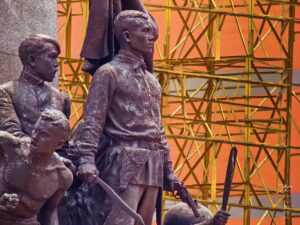
Bonifacio Monumento: A Towering Tribute to Philippine Heroism
The Bonifacio Monument, also called Bonifacio Monumento or Monumento, proudly stands in Caloocan City, Metro Manila. It is a powerful symbol created by the National
At the heart of Quezon City stands the Quezon Memorial Circle, a cherished gem that captivates both my lens and imagination. Encircled by an elliptical road, this park stands tall as one of the city’s paramount national treasures, beckoning both locals and tourists to discover its charm.
At the heart of Quezon City stands the Quezon Memorial Circle, a cherished gem that captivates both my lens and imagination. Encircled by an elliptical road, this park stands tall as one of the city’s paramount national treasures, beckoning both locals and tourists to discover its charm.
At the heart of Quezon City stands the Quezon Memorial Circle, a cherished gem that captivates both my lens and imagination. Encircled by an elliptical road, this park stands tall as one of the city’s paramount national treasures, beckoning both locals and tourists to discover its charm.
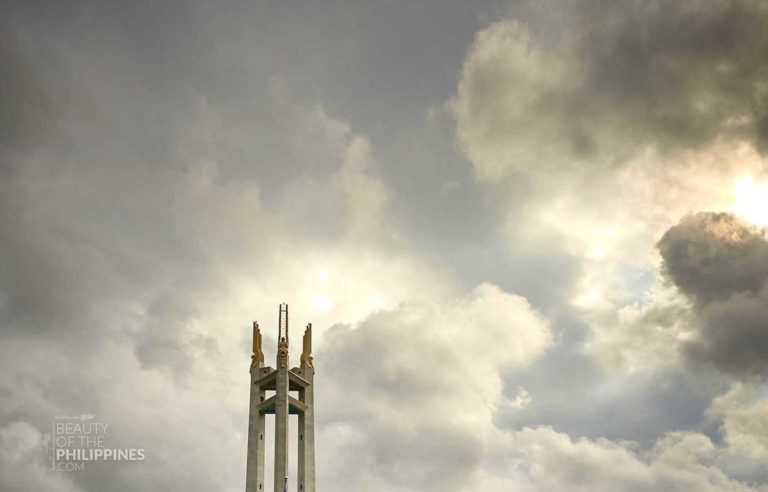


This hallowed ground houses the magnificent mausoleum, reaching a soaring height of 66 meters, preserving the legacy of Manuel L. Quezon, the revered second President of the Philippines and the visionary leader of an internationally recognized independent Filipino nation. Alongside him rests his esteemed wife, Aurora Quezon.
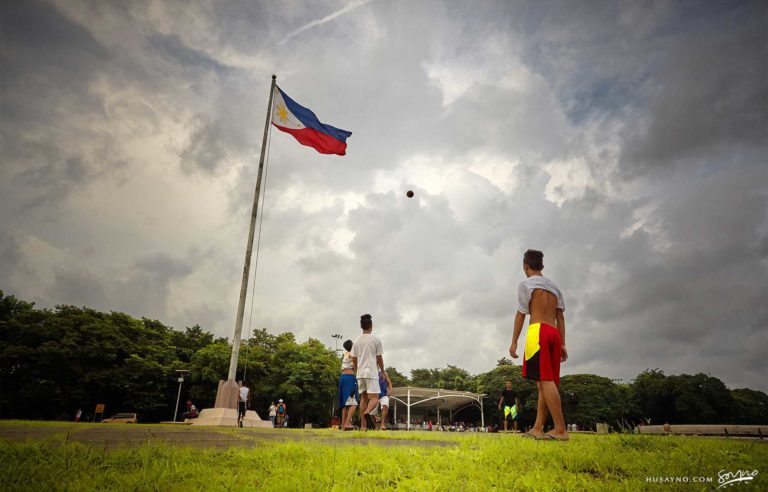
The Quezon Memorial Circle, affectionately known as “Circle” by locals, has undergone a remarkable transformation, adorning itself with new facets to enthrall the attention of both local enthusiasts and global wanderers. These refurbishments have proven successful, steadily augmenting the influx of visitors.



ABOVE:
ABOVE:
In the 1950s, Federico Ilustre orchestrated the creation of the iconic Quezon Memorial Shrine, an embodiment of art deco brilliance within the Quezon Memorial Circle. This monument, set upon a sprawling thirty-six-hectare elliptical canvas, rises to the same height as Quezon was at his passing—a towering 66 meters. Ascending a spiral staircase within, visitors are greeted by an observation deck, accommodating up to sixty individuals and affording them a breathtaking panorama of the city.




Adorning the summits of three towering pylons are three mourning angels, each tenderly clutching sampaguita wreaths—the national flower—sculpted masterfully by Francesco Monti. These winged sentinels, representing Luzon, Visayas, and Mindanao, proudly display the distinctive garb of their respective regions. Complementing this awe-inspiring sight is a revitalized dancing fountain, igniting the night sky with a vibrant kaleidoscope of colors.
An average of 8,000 visitors grace the Quezon Memorial Circle daily, with weekend figures soaring to a reported 12,000. Remarkably, in December 2011, the park welcomed over a million visitors daily, attesting to its enduring magnetism.

ABOVE:
ABOVE:
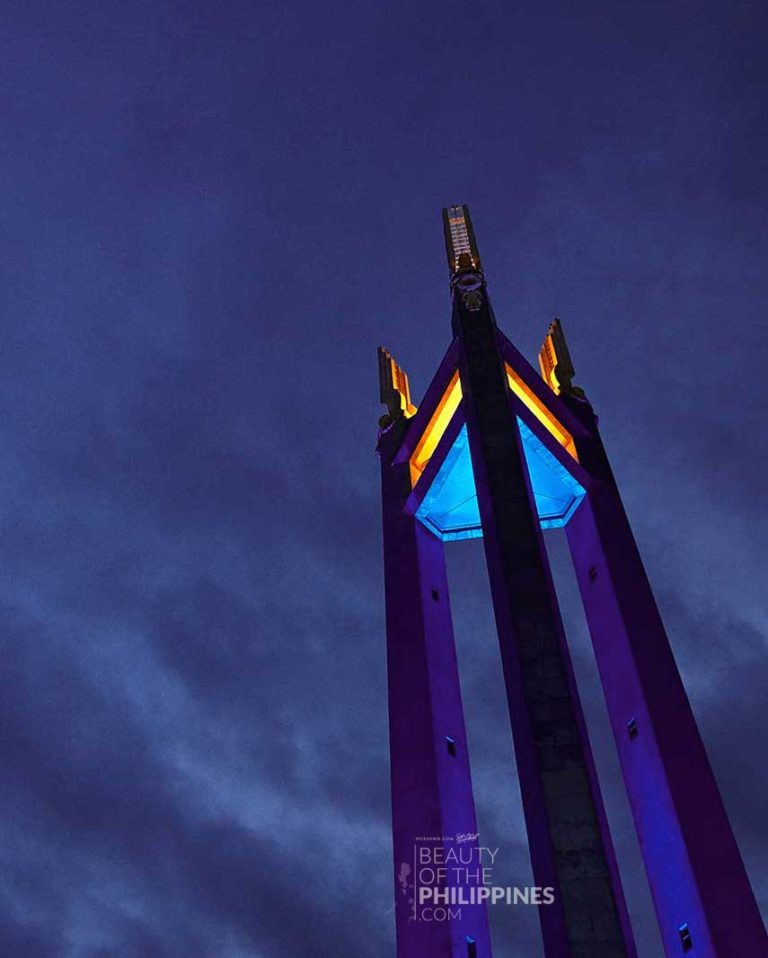

RELATED STORIES

The Bonifacio Monument, also called Bonifacio Monumento or Monumento, proudly stands in Caloocan City, Metro Manila. It is a powerful symbol created by the National

The city of Makati is a highly urbanized place in the country, making it the nation’s financial center. As a result, it has the highest

The Padre Pio Chapel, also known as the St. Pio of Pietrelcina Chapel, holds a special place in my heart as a photographer. It revealed

It is also known as the Walled City, and during the Spanish Colonial Period it was synonymous with the city of Manila. Intramuros was also
I’m looking forward to the stories and images leaving a lasting positive impression on you, just as they have on me. Stay connected with us on social media for a weekly exploration of travel assignments and breathtaking visuals. Our focus is on championing local tourism, showcasing small businesses, and honoring the magnificence of the Philippines through the content we curate. Join us in spreading the word by clicking the ‘share’ buttons below. Your support means the world to us.
EXPLORE MORE about

The Binondo Church is a historic church in Manila, located in the District of Binondo, near the Plaza San Lorenzo Ruiz. It was previously called

The San Agustin Museum is located adjacent to the UNESCO World Heritage Site, San Agustin Church. It is located in Intramuros—the walled city of Manila—and

San Sebastian Church is a Roman Catholic Minor Basilica located in Quiapo, Manila. It’s also known as Minor Basilica of San Sebastian or San Sebastian

Known as one of the most important baroque churches in the Philippines and as one of the only four baroque churches in the Philippines that
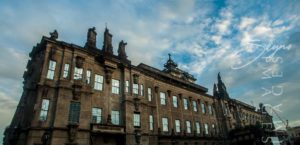
UST, also known as the University of Santo Tomas, is a private Roman Catholic university located in Sampaloc, Manila. It was founded on 28 April
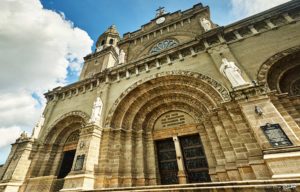
Originally built in 1880, the Manila Cathedral is the current version of the longstanding Church of Manila. It is a masterpiece of architecture that was

In addition to being considered the oldest Chinatown in the world, Binondo Chinatown is also the center of trade and commerce in Manila City. In

The city of Makati is a highly urbanized place in the country, making it the nation’s financial center. As a result, it has the highest

I experienced the vibrant and colorful life of downtown in full. I took some time to appreciate the beauty of Santa Cruz Church and Plaza

The Padre Pio Chapel, also known as the St. Pio of Pietrelcina Chapel, holds a special place in my heart as a photographer. It revealed

The newly restored Jones Bridge is easily recognizable by its beautifully designed black lamp posts—the same ones that were there when the bridge was first

Located in the heart of the Taguig City, the Venice Grand Canal is a lifestyle mall development under the Megaworld Lifestyle Malls Located inside the

Casa Manila is a living museum that features the lifestyle of a wealthy Filipino family living during the last years of the Spanish colonial period,

Plaza Miranda is a public square bounded by Quezon Boulevard, Hidalgo Street and Evangelista Street in Quiapo, Manila. It is the plaza which fronts the

As one of the oldest cemeteries in Manila, Campo Santo De La Loma, commonly referred to as the La Loma Cemetery, is one of the

Known as the main post office of Manila and the head office of the Philippine Postal Corporation, the Manila Central Post Office is the main

Explore the vibrant tapestry of Manila through its four national museums, each a unique gem in the city’s cultural crown. These four distinguished establishments are

The Bonifacio Monument, also called Bonifacio Monumento or Monumento, proudly stands in Caloocan City, Metro Manila. It is a powerful symbol created by the National

Manila American Cemetery and Memorial is located in the heart of Taguig City on the lands of Fort Bonifacio and serves as the largest grave

It is also known as the Walled City, and during the Spanish Colonial Period it was synonymous with the city of Manila. Intramuros was also

It is considered to be one of the world’s great harbors, the Manila Bay, and it serves as the Port of Manila, Philippines. Having once
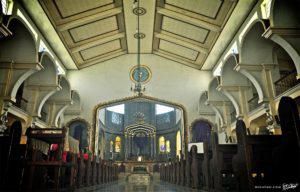
The Polo Church, formally known as the San Diego de Alcala Church, resides in the Polo neighborhood of Valenzuela, Manila. This church has a captivating

The Cultural Center of the Philippines or CCP was founded in 1966 under the directive of former President Ferdinand Marcos, in order to reinforce and

It is the home of the popular Asian elephant, Mali, as well as 90 other species. As well as being a landmark in Manila, the

Located along Roxas Boulevard, Manila and adjacent to the century-old walled city of Intramuros, the Luneta National Park, or “Luneta” as many refer to it,

As the nation’s first ever world-class marine theme park, Manila Ocean Park is located in Ermita Manila, within the Philippines’ largest urban resort/aqua-themed hotel complex

The Manila Abbey San Beda, or formally known as Abbey of Our Lady of Montserrat, is a Benedictine men’s monastery located along the streets of

It is always a surprise for buildings, parks and houses to survive such wars as it is almost inevitable that everything will be brought down
BROWSE BY CATEGORIES